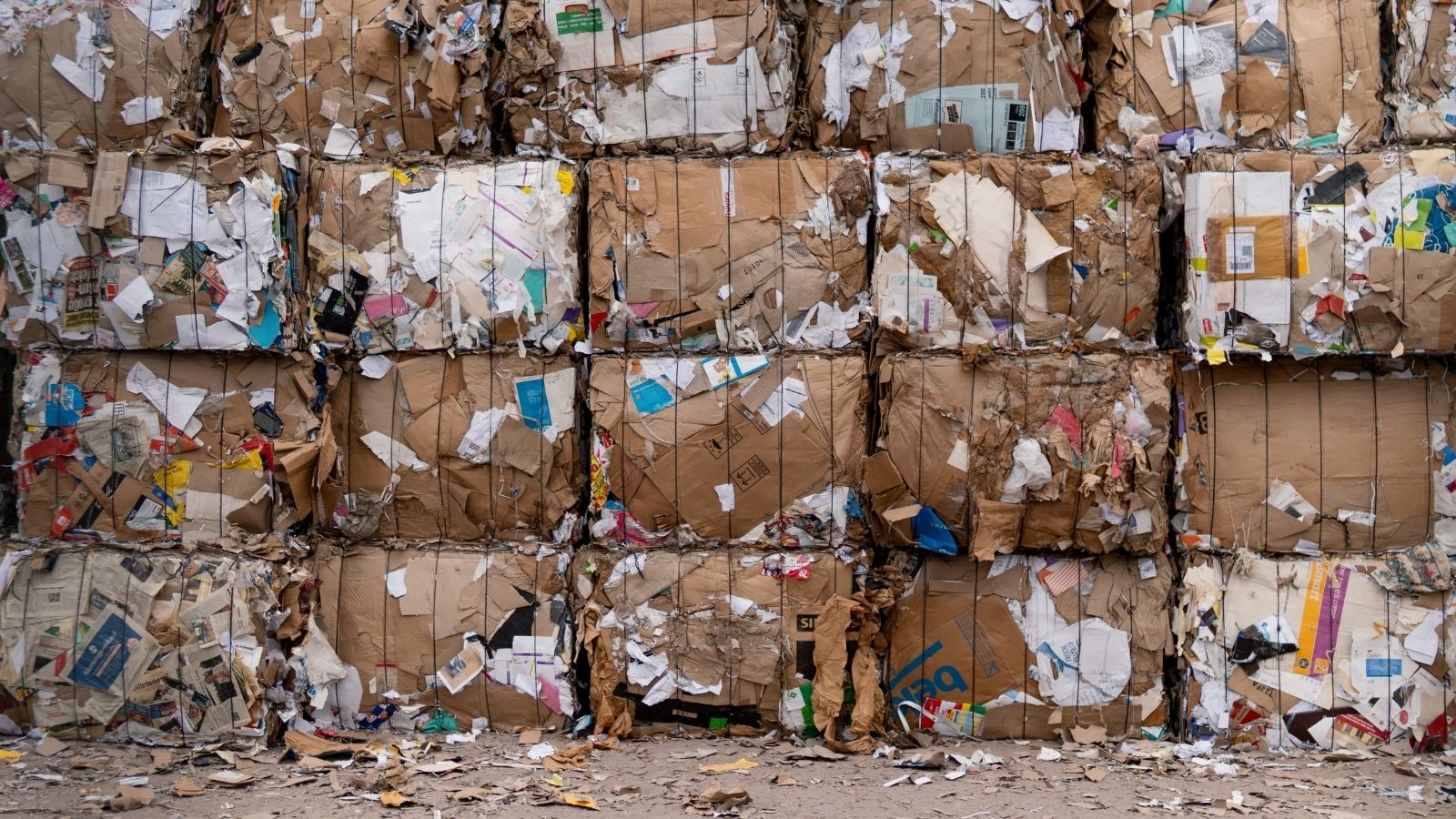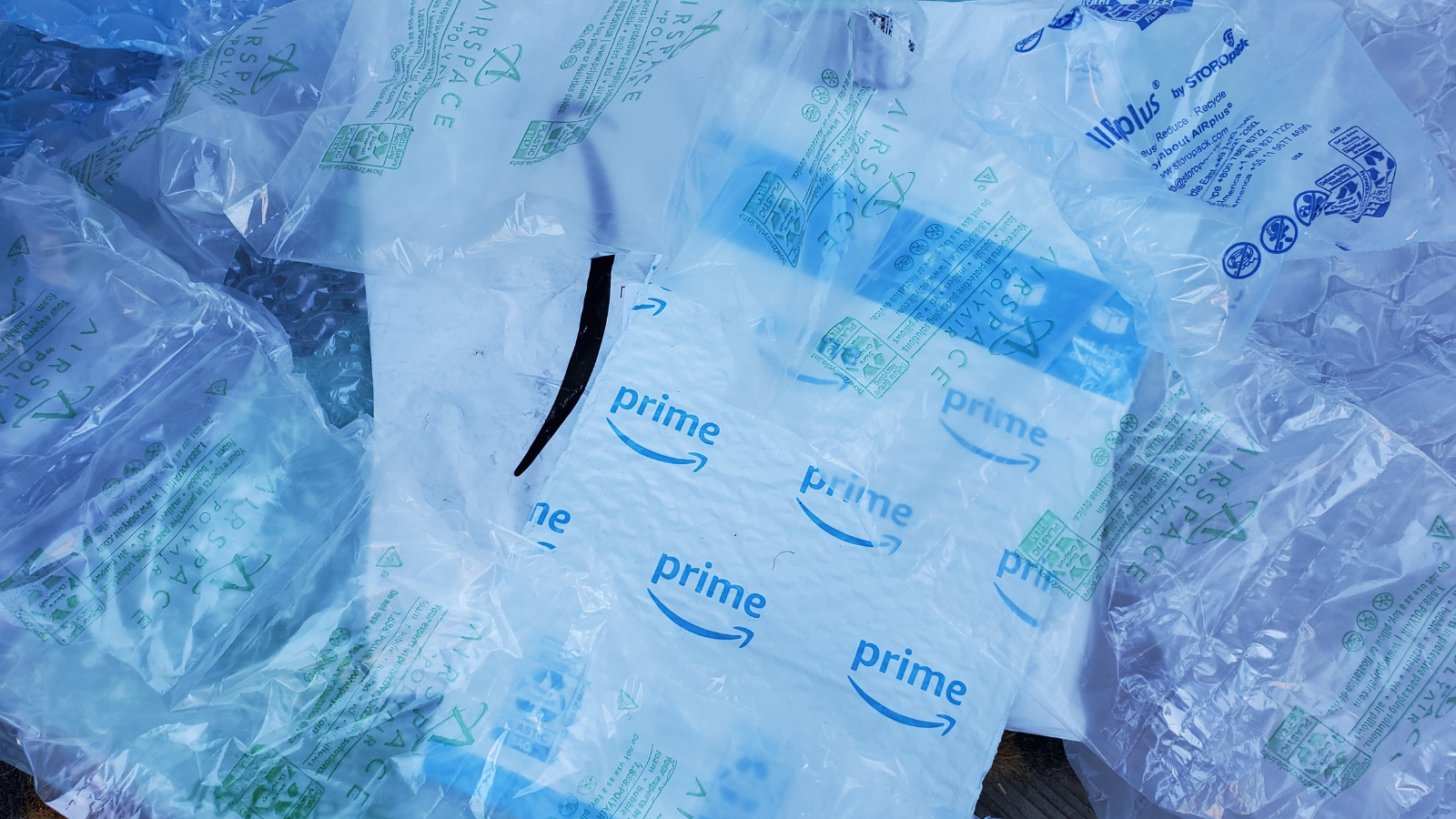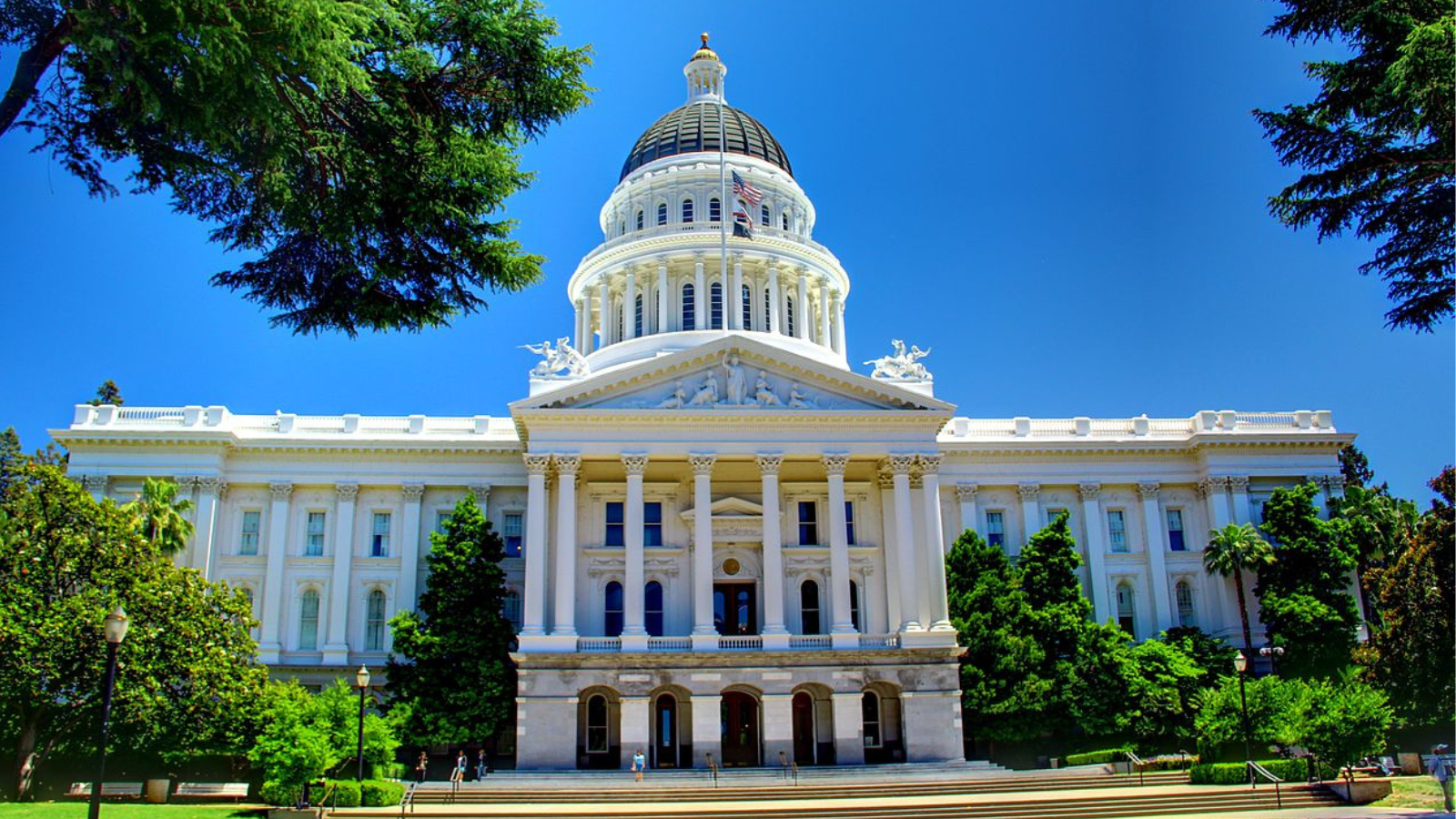The EPA aims to raise the national recycling rate to 50 percent. But how will it be measured?
Thoughts on the EPA’s comment period on how to measure recycling rates

At last year’s America Recycles Summit, the EPA announced a goal to boost the country’s recycling rate from 32 percent to 50 percent. While this is a worthy target, the federal environmental agency needs to first determine what exactly should — and more importantly shouldn’t — be counted as “recycling” before progress can be made.
Right now, for the first time in ten years, the EPA has requested public input on their methodology for how it will calculate the country’s recycling rate. This means that we can help the country’s top environmental enforcement agency shape the future of waste reduction and move us toward a cleaner, healthier and more sustainable society.
Currently, the EPA considers products ‘collected’ and sent to secondary processing facilities as ‘recycled’, regardless of whether the material is reused or reprocessed into something new. Many of the containers, lids, and other items we place in blue bins actually end up in landfills. As a result, we are misrepresenting and inflating the amount of material recycled, and for that reason, any recycling rate should measure material reuse or reprocessing rates, not collection.
Certain practices should also be left out of our nation’s recycling rate, especially those that encourage more plastic pollution:
-
Chemical conversion and so-called “waste-to-energy” technologies degrade material to create new emissions and hazardous forms of waste. Most so-called “advanced” or “chemical recycling” require a lot of energy to operate, and convert plastic to fuels and feedstocks instead of recycled materials. Despite years of failed development projects, these processes are still costly, polluting and ineffective and reinforce a linear system that encourages waste.
-
Composting as a distinct metric can be considered recycling for organic food scrap and yard waste. However, the rate should not include “compostable” plastic materials that do not meet American Society for Testing and Materials (ASTM) standards or are not accepted by local composting facilities for ruining the soil quality.
-
Evidence also suggests that many waste exports are not reused or reprocessed, a truth supported by our own inability to do so domestically with many materials. Therefore, plastic exports should be excluded in the calculation of recycling rate in order to focus efforts on increasing domestic markets. Additionally, in accordance with international agreements, the United States should limit sending plastic waste to other countries.
The EPA comment period is open until 11:59PM ET Monday, March 8. Take action:
Tell the EPA: Turning plastic into fossil fuels isn't recycling
"Chemical recycling" isn't actually recycling at all -- and we need to make sure that the EPA doesn't count this practice while measuring the recycling rate. Submit a public comment before March 8 to help us convince the EPA that plastic-to-fuel practices aren't recycling.

Topics
Authors
Haley Clinton
Find Out More

Turning plastic waste into plastic lumber isn’t recycling

A look back at what our unique network accomplished in 2023

PIRG’s warmest wishes for a safe and happy new year


